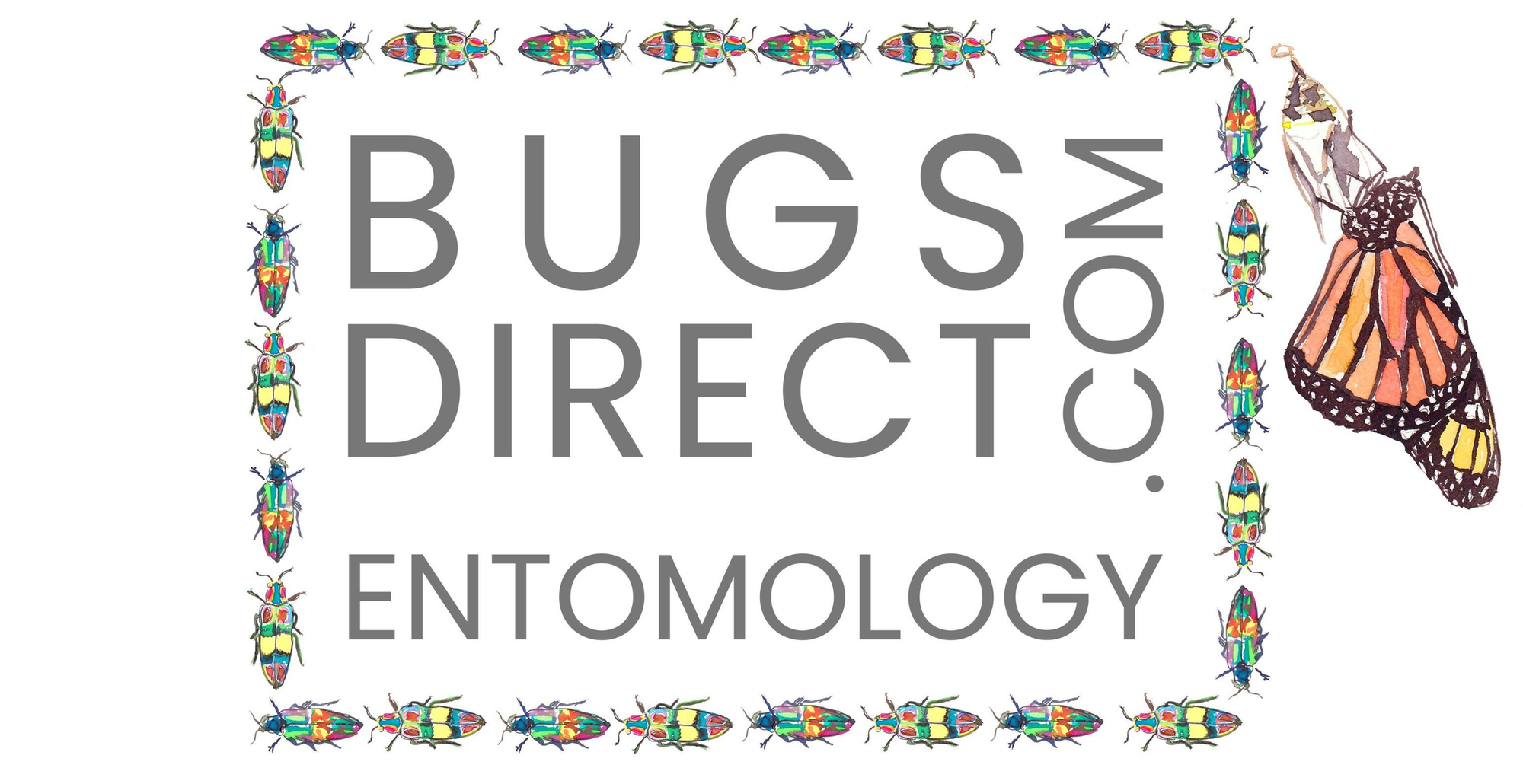Welcome to BugsDirect Ltd. Leading Suppliers of Worldwide Entomology Specimens (Retail/Wholesale) FREE-SHIPPING
Welcome to BugsDirect Ltd. Leading Suppliers of Worldwide Entomology Specimens (Retail/Wholesale) FREE-SHIPPING
May 03, 2016
How To Start An Insect Collection
Are you interested in starting your own butterfly or insect collection? Pinning butterflies and other insects is a great hobby no matter your age.
Whether you are simply wanting a few unique pieces of art to add to your home or you want to create a large collection of the diverse insect habitat in your area, getting started is not extremely difficult.
There are a few things that you need to keep in mind before you begin. If you are going to start pinning or collecting insects, here is a basic overview of how the process works:
Capturing Insects
Before you can start pinning, you will need to capture the insects that you want to pin or preserve. There are a variety of ways to capture insects and the methods will depend on the type of bug you are trying to find. Butterflies, for example, can be captured with a nylon net. Other bugs may need to be attracted by using a light box. Beetles and other ground insects are typically captured by setting up small pitfall traps.
Using A Killing Jar
Once you have captured an insect, it will have to be killed before it can be preserved. The most effective way to do this is with a killing jar. To create a killing jar, take a jar that has a lid and place small strips of paper or pieces of cotton inside. You can also add Plaster of Paris to the bottom of the jar and allow it to dry for 2 days.
Once you have your absorbent material in the bottom of the jar, add approximately one tablespoon full of nail polish remover (ethyl acetate) over the paper, plaster, or cotton. Immediately close the jar so none of the fumes can escape.
Your jar is now ready to be used as a killing jar. Gently place the insect inside the jar and the fumes from the ethyl acetate will kill the insects without causing damage to them. For butterflies, you may need to pinch their thorax for 20 seconds to stun them so they do not damage their wings inside the jar.
Pinning and Preservation
Once the insect his been killed it will be time for pinning. Pinning insects require special pins that are considerably longer than ordinary pins and typically much thinner. Depending on the type of insect you are pinning, the placement of the pin will differ. Some insects, such as wasps, will need the pin inserted to the right of center. Butterflies and moths can be pinned directly in the center of the thorax.
When pinning butterflies, getting the wing spread correctly is also important. The best way to do this is by using a spreading board. A spread board allows you to pin the butterfly onto cork that is surrounded by tilted wood on either side. The wings can be placed flat on the wood and held in place by pinned paper. Allowing butterflies to dry on a spreading board will stiffen their wings in the proper way so they are displayed correctly.
Comments will be approved before showing up.
